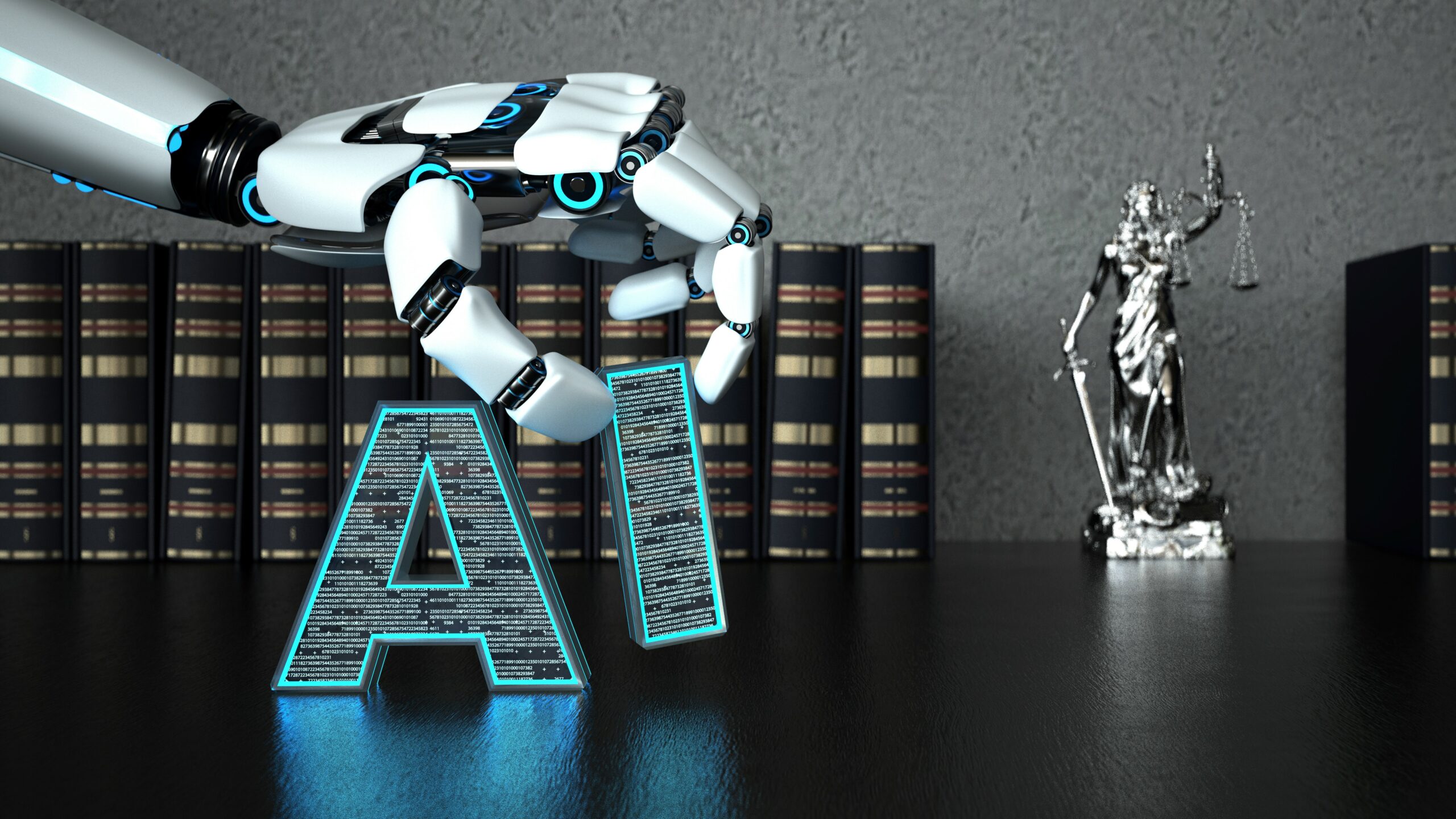In a world where technology is constantly evolving, one of the most interesting interconnections has emerged: the collaboration between artificial intelligence (AI) and the world of art. From generating mesmerizing visuals to fueling new creative processes, the integration of AI into art has led to a stunning blend of innovation and imagination.
Development of AI in art
Art has always been a reflection of human expression, and as technology has advanced, artists have found new ways to push the boundaries of their creativity. This discovery has led to the rise of AI as a tool for artists and creators, enabling them to explore new areas of artistic expression. With algorithms that can analyze patterns, generate content and mimic human creativity, AI has become a canvas for artistic experimentation.
 |
| Evolving Art Through AI: Where Innovation Meets Imagination |
How does AI work in the creative process?
One of the notable aspects of AI in the arts is its ability to enhance and expand the creative process. Artists now have access to AI-powered tools that can help brainstorm to suggest new color palettes, textures and styles. For example, an artist can input a few keywords related to their concept, and an AI algorithm can generate inspiring visual suggestions. This collaborative dynamic between artist and machine has led to a reimagining of traditional art-making methods.
 |
| A cordial Art between AI and creativity in the artistic process |
Generative Adversarial Networks (GANs) and Art
At the heart of AI's impact on art lies the concept of Generative Adversarial Networks (GANs). GANs are a class of AI algorithms in which two neural networks, a generator and a discriminator, work together. The generator creates the art, while the discriminator assess it for actuality. Through a continuous feedback loop, the GAN learns and improves, resulting in creations that blur the lines between human-made and AI-generated art.
Applications in Visual Arts
AI has made its way into a variety of visual art forms, from painting and sculpture to digital art and photography. Artists and designers are using AI to create complex patterns, experiment with abstract structures, and create entire virtual worlds. AI's ability to rapidly process and analyze vast amounts of data enables artists to explore unconventional and data-driven approaches to their craft.
Ai Copy styles and techniques
One of the most interesting aspects of AI in art is its ability to mimic artistic styles and techniques from different eras. Artists can give the AI system examples of specific art movements or artists' works, and the AI can then create pieces that embody the essence of those styles. This opens the door to artistic experimentation and the creation of contemporary pieces such as Impressionism, Cubism or Surrealism.
Challenges and Ethical Considerations
While the integration of AI into art presents exciting opportunities, it also raises questions about authenticity and originality. Critics argue that AI-generated art may lack the emotional depth and intentionality of human-made art. Additionally, copyright and ownership concerns arise when AI-generated art blurs the lines between inspiration and imitation. Striking a balance between the capabilities of AI and the uniqueness of human creativity is a constant challenge.
Human-AI collaboration
Rather than replacing artists, AI is often positioned as a collaborative tool that complements human creativity. Artists can use the capabilities of AI to explore uncharted territories and develop new approaches to their work. This synergy between human intuition and the computational power of AI has the potential to lead to the creation of art that cannot be imagined through traditional methods alone.
The future of AI in art
As AI technology advances, the future of its role in art holds exciting prospects. We can expect more seamless integration of AI tools into the artistic process, enabling artists to focus on their creative vision while AI handles repetitive tasks. Additionally, the development of AI-powered interactive installations and immersive experiences could redefine how audiences engage with art, transforming passive observation into dynamic participation.
Conclusion
The marriage of AI and art has ushered in a new era of creative exploration, where algorithms and imagination are intertwined to create artworks that challenge our notions of what is possible. The dynamic between the artist's intent and the computational prowess of AI is reshaping the art landscape, opening the door to limitless innovation. As we move forward, the relationship between AI and the arts will undoubtedly continue to evolve, offering artists and audiences new ways to connect with, appreciate and experience the ever-evolving world of creative expression.







.png)




0 comments:
Post a Comment